Alekhine Defense: Complete Guide
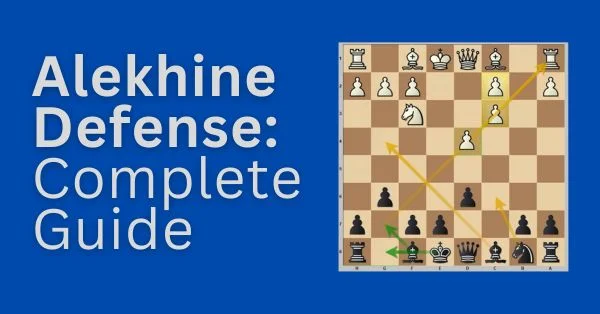
Alekhine Defense is an opening that appeals to the rebellious mind. A mind not afraid to venture into uncharted territories away from the safe lands protected by Steinitzian principles. The opening starts with 1.e4 Nf6!? Whether this is a genius move or a grand bluff, that’s for history to decide.
The opening lies on edge on what’s playable yet it has a rich history with World Champions using it as a potent weapon. Alexander Alekhine was the first top player to recognize that you can use a piece to attack the center on the first move.
A fun fact, It’s the only opening at the world championship level with a plus score.
In this article, we will provide you with a complete guide on Alekhine’s Defense to get you started.
Why play the Alekhine Defense?
Some of the main reasons why players chose to pick up the Alekhine defense are
- Playing it has a lot of practical advantages. From move one you dictate the type of game that will arise on the board. It allows Black to choose the game to a considerable extent.
- A highly effective surprise weapon at the club level.
- Complex strategic themes. You have a high probability of knowing the strategic themes better than your opponent. Playing with a space advantage requires finesse and not every amateur can produce such finesse.
Alekhine Defense: Main Line I
1 e4 Nf6 2 e5 Nd5 3 d4 d6 4 Nf3
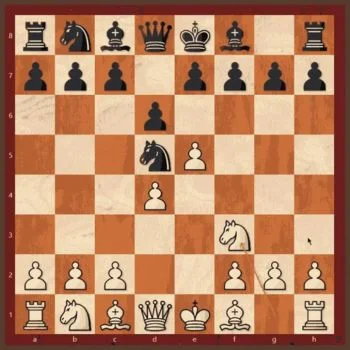
By playing 4.Nf3 White signals that he is content with his pawn wedge on e5. For the moment white restrains from expanding further and focuses on development. White’s idea is to develop the pieces and then use the pawn wedge to create attacking chances.
Black should react proactively. Although there are radical ideas in this position as well (4…Nc6)
4…dxe5 5.Nxe5
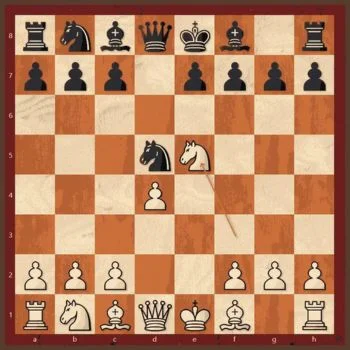
5.dxe5 is also possible but after 5…Bg4 the e-pawn seems more of a weakness than a strength. With Nxe5 white establishes a strong knight in the center. The consequence is that the a1-h8 diagonal is partially cleared.
Black can now play with g6 and Fianchetto the bishop. Black’s goal is to execute the c7-c5 break. After achieving this break the pawn structure will change. Black will have a kingside pawn majority and White will have a Queenside pawn majority.
Black will also have a well-posted knight on d5 which is hard to kick out by playing c4 because it creates new weaknesses. After achieving the central break Black can aim to play for a minority attack with a7-a5-a4.
Model Game: Eleazar Jimenez Zerquera vs. Bent Larsen
An important point to remember: Can Black play 5…Nd7 instead of 5…g6? No, Black cannot play this move because it runs into Nxf7! And it’s a draw after Qh5+.
Alekhine Defense Main Line II
1 e4 Nf6 2 e5 Nd5 3 d4 d6 4 Nf3 Bg4
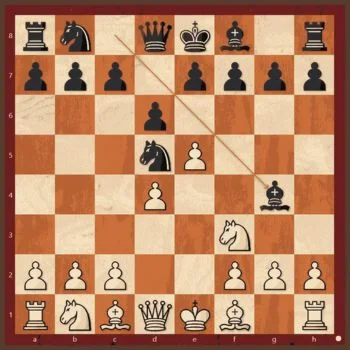
This is the second approach. Also called the Classical Variation. Black doesn’t capture the center immediately but puts pressure on the pieces supporting the center.
In this line, Black plays in the center with e6 and then for a subsequent d6-d5 break. White has a nice space advantage in these lines as well but Black’s position usually proves surprisingly robust.
Alekhine Defense Main Line III
1 e4 Nf6 2 e5 Nd5 3 d4 d6 4 Nf3 g6
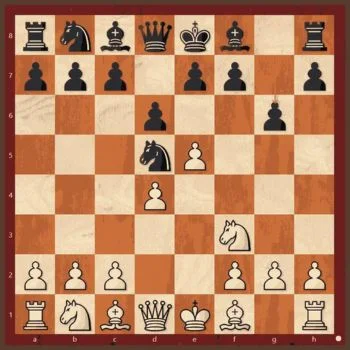
This line was very fashionable in the 1980s following its adoption by Fischer in his 1972 World Championship match. However, its popularity has declined since then. Compared to the previous line (Main Line I) the a1-h8 diagonal is not clear. Putting a bishop against the wall of pawns on d4 and e5 hardly seems effective.
But there are some interesting possibilities in this line as well. The first game that you should study is Game 13 of the Fischer-Spassky 1972 match. It showcases the typical ideas in this line and how to repel a white attack on the kingside.
Alekhine Defense Exchange Variation
1 e4 Nf6 2 e5 Nd5 3 d4 d6 4 c4 Nb6 5 exd6
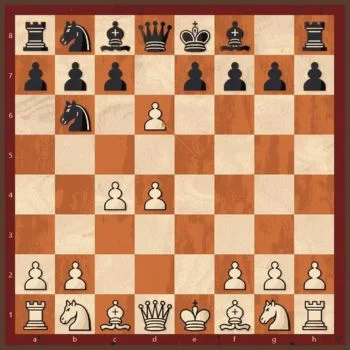
This is by far the most common variation you will face against the Alekhine defense. You can expect to face it in 50% of your games. Luckily it is also the most fun line to play against.
The exchange variation gives no advantage to white if you are well prepared. Black has reasonable chances to outplay their opponent. So learning this line well increases your win rate in Alekhine’s defense.
After the move 5.exd6 Black has three ways to recapture the pawn. The most played and combative move is to capture back with the e-pawn. Capturing with c pawn is also playable but Black experiences some difficulties in this line.
The following game by one of the exponents of the Alekhine Defense: Bent Larsen shows the typical ideas in this line. It is also one of the best games by the Great Dane.
Alekhine Defense Four Pawns Attack
1 e4 Nf6 2 e5 Nd5 3 d4 d6 4 c4 Nb6 5 f4
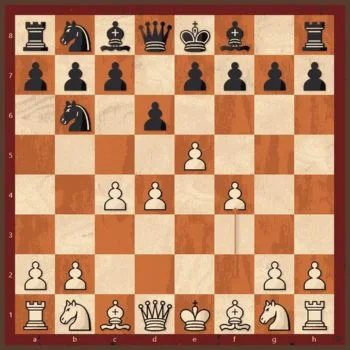
The Four Pawns Attack is the antithesis of Alekhine’s defense. White lashes out at Black for not putting his pawn pawns in the center. The mass of pawns in the center may look daunting but it has its vulnerabilities.
Learning a few lines and model games in this variation should be enough to counter white’s strategy.
An important recurring strategic theme in this line is that Black frequently uses the counterattack on the d4 knight to avoid having his knight driven from b4.
The ability to accurately time the counterattack is important in Alekhine’s defense. One can go as far as to say that the whole premise of the opening is to counterattack.
5…dxe5 6 fxe5
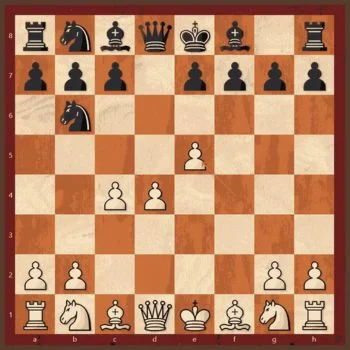
Black has many alternatives at this point. 6…g5 and 6…c5 can also be played with complications. You can use these sidelines as surprise weapons as they are venomous but not easy to refute during a game.
Model Game 1: Rene Letelier Martner vs. Robert James Fischer
In the following Classic game, Fischer demonstrates how to annihilate an over-expanded center.
Model Game 2: J.Bauer vs. V.Sergeev
In this game, Black demonstrates how to play around advanced pawns. The strategy is risky and complex but we can learn a lot from the game.
Conclusion on Alekhine Defense
Alekhine’s Defense is a great choice for a player of any level. This is evidenced by its frequent appearance in top-flight tournaments. Carlsen has employed it from time to time scoring some big wins. Playing this opening will surely give you a new perspective on openings and chess itself.
Want to learn more about the Alekhine’s Defense? Check out this course for a comprehensive review




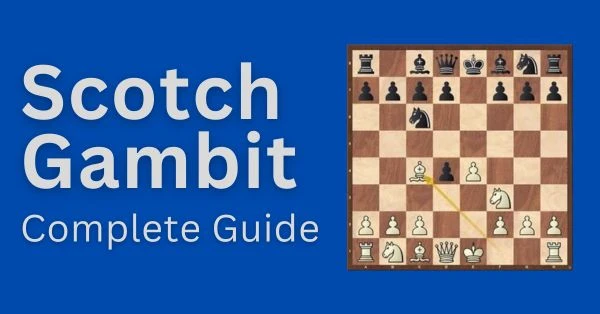
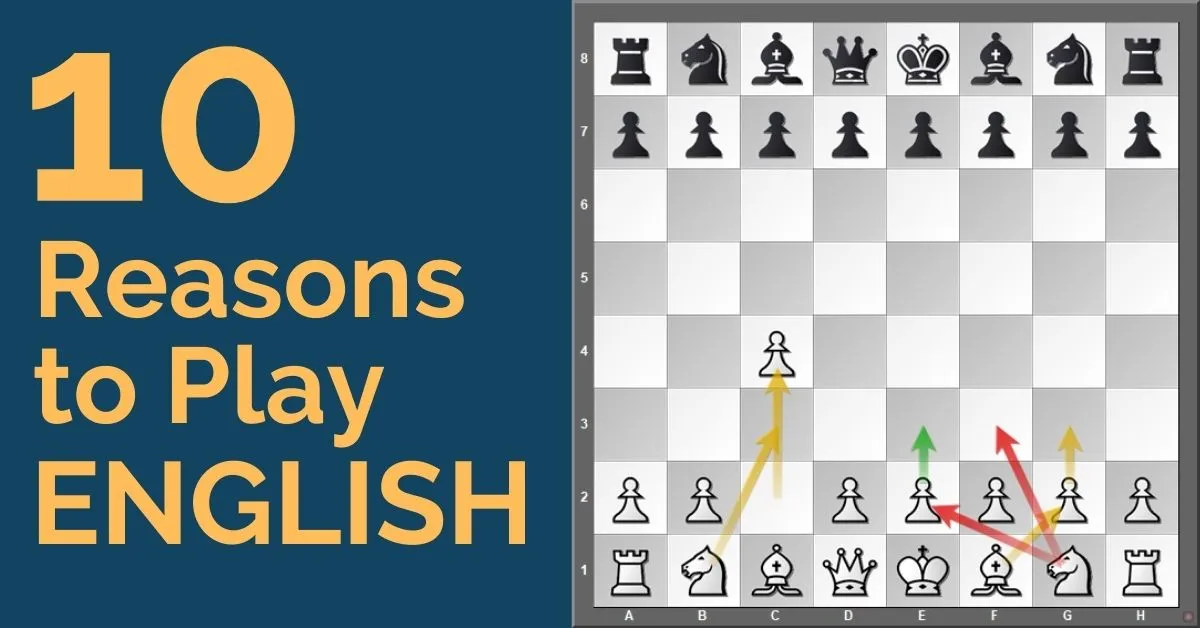




Comments: